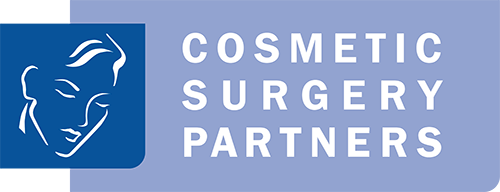Glossary
FACELIFT:
An alternative description is rhytidectomy, rhytides are creases plus cutting out of creases. Actually, this is one thing that a facelift do not achieve, in fact a doctor may say your face is asymmetric, i.e. that left side differs from the right side. Everybody’s face and body are asymmetric to one degree or another and certainly this may be accentuated in the postoperative period when there can be more swelling on one side of the body compared with the other.
SMAS:
This stands for the superficial muscular aponeurotic system and is a layer of very fine gristle under the skin on which most facelifts depend upon for the tension of the facelifts. The tension should not be in the skin because this will lead to bad scars and possible wound breakdown.
HYPOAESTHESIA/HYPERAESTHESIA:
This is nerve damage. Nerves respond to being pulled or crushed in very different ways for each individual. Some end up with numbness, some end up with hypersensitivity, i.e. over sensitive areas. There are of course two types of nerves damaged to the motor nerves can lead to paralysis of the smaller muscles in the face, usually this is temporarily a concussion, i.e. where the nerve is stunned as in a boxer with a knockout and will recover.
OEDEMA:
Oedema is a normal reaction to inflammation and trauma and results in the loss of fluid to the soft tissues producing swelling. This is water and water flows downhill. The water will also be reabsorbed.
EYES:
The technical term for eyelid surgery is blepharoplasty. When the surgeon examines you, he may notice that there is one ptosis, i.e. a droopiness of the upper eyelid crossing in front of the eyeball. This can also result when Botox injections are misplaced.
SCLERAL SHOW:
Normally the lower eyelid margin is level with the iris which surrounds the pupil of the eye. When the patient is looking to the front, if there is a little white underneath the iris, this is called scleral show and may follow lower lid surgery.
SNAP TEST:
The lower lid is gripped by the surgeon and pulled away from the eyeball and he notices how quickly it zips back onto the eyeball. Older and particular male patients this snap is slower showing that the lid is loose and it needs to be tightened as part of the blepharoplasty operation.
NASOJUGAL FOLD:
This is the fold running underneath of the lower eyelid from the corner away from the nose. Eyelid bags often appear above the nasojugal fold and sometimes the colour of the skin in the nasojugal fold can be dark.
Watering of the eye is called epiphora. Redness of the eye is called blepharitis. When the lower eyelid is completely hanging away from the eyeball showing the inside of the eyelid, this is called ectropion.
ECCHYMOSIS:
Bruising around the eye is called ecchymosis.
About one in twenty lower eyelid surgery cases will result in swelling under the white of the eye. This is called subconjunctival oedema and looks like frog spawn. It usually resolves by itself.
RHINOPLASTY:
The nose is made up in the upper third by two nasal bones and in the lower two-thirds by two cartilages called the upper lateral cartilages and the alar cartilages which create the shape of the tip of the nose. The nose is divided into two halves by a septum. This can be deviated or twisted and a septoplasty is an operation to correct the deviation as is a submucosal resection, SMR.
An SMD is a submucosal diathermy of the turbinates which are hot water showers placed on the outside of the nose to heat and moisten the inspired air. Rhinitis is a runny nose and this may commonly follow open rhinoplasty surgery. It usually settles with time. Osteotomies are performed to break the nasal bones which is required if a large hump is removed which results in the nose looking wider.
HEMATOMA:
In almost any operation, it is possible for bleeding to occur after the wound has been sewn up and for blood to appear as a swelling. A lesser degree of hematoma can result in a bruise, which is called ecchymosis. Sometimes, there is a leakage of clear fluid resulting in a seroma. The skin heals quickly to create a scar. The scar takes many months to mature changing from an initial red to a minimally raised hard scar eventually resulting in a soft pale scar. This same process can occur around a breast prosthesis when it also may be called rejection or capsular contracture.




